
After a few months of moving about, I figured out the styles of travel that work for me.
Of course, I would never expect anyone to travel the exact way that I do. For that reason, I have broken down my method of travel into several specific styles so that you can get some idea of which kind of travel will work for you—before you hit the road. This is fourth in a series of posts about travel styles. In previous posts, I wrote about:
And now, am going to talk about solo travel.
Some Advantages and Disadvantages of Solo Travel
Post Contents
The main advantage of traveling alone is that you can decide where to go and how long to stay and you have all the say-so in your itinerary. For example, you never have this conversation:
“Do you want to go to Cibolo’s for dinner or the pizza place?”
“It doesn’t matter to me, where do you want to go?”
“I don’t care…you decide.”
“Okay…Let’s get pizza.”
“Oh, but they have fish at Cibolo’s”
When traveling day after day, this sort of thing can get old.
When I travel alone, I find that I am actually more likely to make new friends, especially locals, and have more time to get to know them, than when I have a companion.
BUT, when you have a traveling companion, there are a lot more options of places to go and times to visit when you feel safe—especially if you are a woman. AND, you have someone to share spectacular experiences with, or to commiserate with when things go awry.
You can always go on short excursions with new acquaintances—a few hours or several days—and then go your separate ways.
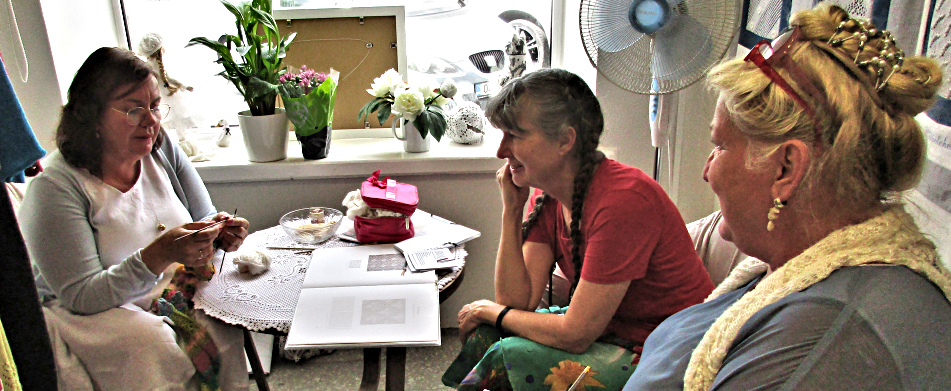
My friend Conny Wolthius (who lives in the Netherlands) and I are avid lace knitters. Although most of my travels in Europe were solo, she and I arranged to meet for five days in Estonia to explore the lace knitting styles there. Here we spent a lovely few hours with Mirje Sims, a master Haapsalu lace knitting designer. It was a nice break from solo travel, and so much fun to have someone with whom to share the experiences!
“Don’t You Get Lonely?”
When people learn that I travel mostly on my own, the two main questions I get are, “Aren’t you afraid?” and “Do you get lonely?” I will write more about fear below, but in response to the second question, my answer is, “No.” BUT that has a lot to do with my personality. Since I was quite young, I liked being alone and doing things on my own—making my own choices without having to answer to anyone.
Eating Alone
Ever since I was old enough to do so, I have enjoyed eating in restaurants by myself. I avoid busy times in a restaurant, not only because I get better service, but also because the server is more likely to interact with me. Unless you are in a really fancy place, it is perfectly acceptable to read or write in your journal while eating. I do so all the time.
It is not unusual for people at adjacent tables to strike up a conversation with me. This happened at one of my most memorable meals in Scotland, and I ended up sitting and talking with the people at the other table for almost two hours!
If eating in a restaurant alone makes you nervous, Womenontheroad.com has a great post with tips to making solo dining easier—and sometimes even fun.
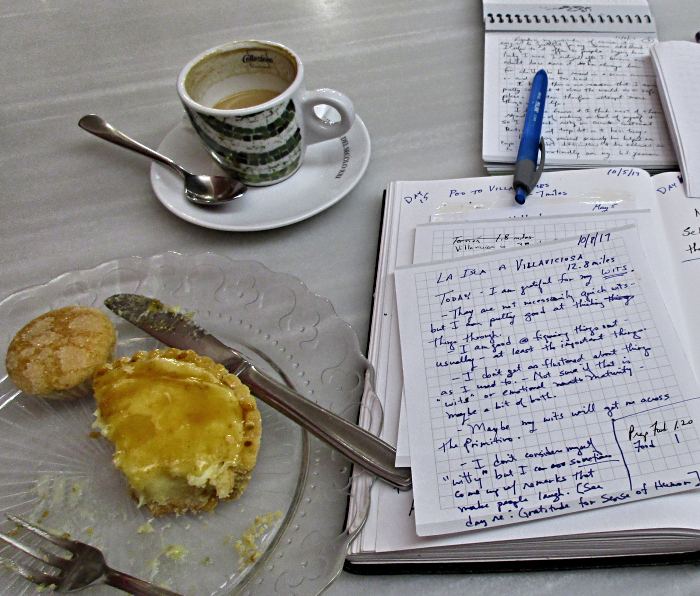
I don’t hesitate to write in my journal while waiting for my food in any except the most posh restaurants. When my food arrives, I sometimes switch to reading a book.
Solo travel is not for everyone.
But if it is something you are considering, my Solo Travel Worksheet, may help you decide.
If you are already a subscriber, go ahead and fill out the form to get the worksheet links.
You won’t be subscribed twice.
And don’t worry, we hate spam too! You can unsubscribe at anytime.
“Aren’t You Afraid?”
This is probably the question I hear most frequently when people, especially women, learn that I am traveling alone. “I could never do that,” they say almost enviously.
Yes, sometimes I am afraid when traveling. But no more often than when I am at home. Experience helps. Sometimes you just need to step out and meet your fears head-on. The next time you face a similar experience, the fear will have lessened. You can read some of my stories about facing fear here.
I am rarely truly afraid anymore. I DO take some precautions to preempt the fear or danger:
- I ask locals I trust if an area is safe to walk in.
- I pay attention to my surroundings when I use ATMs or am putting cash away.
- I try to stay aware of my surroundings. If the street gets crowded, I make sure my valuables are secure. If the street gets empty—especially at night, I make my way to where there are more people. If that is not possible, I make sure I know where I am going, and I walk purposefully—like I am familiar with the neighborhood.
- I don’t go to areas where I think I might get hassled or that are notorious for danger—like the parts of Columbia where drug-lords still rule. (Although much of Columbia is now safe for travelers.)
- I use my US State Department’s STEP (Smart Traveler Enrollment Program) to notify me of possible dangerous activities going on in countries where I am traveling.
IF you are not a US Citizen, check to see if your government has a similar program. - I hike in rural areas quite often. When I am hiking alone in a secluded area, I don’t take unnecessary risks. One day while hiking in Peru, I could see that staying on the trail meant walking on a log across some rapids. If injured, I might not be found for hours. I cursed, but went the long way around, rather than take the risk.
- I ask myself, “What, specifically, are you afraid might happen, and what would you do about it?” It may sound ridiculous but fanaticizing how I would heroically protect myself calms me. I guess it makes me feel more prepared.
- Journaling in a free-flowing style about what I am afraid of, why am I afraid, and what I can do about it, can be helpful.
For me, Worrying Can be a Problem
I do sometimes worry about things that can go wrong. Like missing a flight or finding myself without a place to sleep late at night (That DID happen to me once—when I was NOT worried that it might happen, interestingly enough! Read the story here.)
Here are some things I do to mitigate worrying:
- I ask myself, “What is the worst that can happen?” Then I begin to come up with ideas for mitigating “the worst.”
This happened in Indonesia. I had to take a boat from Gili Air to Denpasar to catch a series of four flights to Ecuador. I had allowed plenty of time between the boat arriving in Denpassar and the flight departure time. But, right off the bat, the boat was seriously late. Instead of panicking or blaming the boat company, I started thinking about how I would handle things if I missed my first flight. I envisioned myself calling my travel insurance company—that is just what I had been paying premiums for the past two years. Because I had a contingency plan, I stayed calm.
(I did make my flight, by the way.)
- It sounds somewhat counter-intuitive, but it seems to me that the things I worry about the most never come to pass. So, I sometimes half-jokingly tell myself, “Go ahead and worry a lot about that, then it won’t happen.”
- If something happens, don’t panic! Stop, take a few breaths. Look for allies and accept help.
It Helps to be an “Older” Woman
All this being said, I AM traveling as an “older” woman. It is rare that I encounter men who hassle me. If I were even 30 years younger, I would certainly have—probably justified—concerns about that, and take more precautions—like avoiding “partying” where large amounts of alcohol are consumed; not walking alone at night; saying that I am waiting for my husband; etc. But I would take these precautions in my hometown as well.
Fear is a Matter of Perspective
Yes, bad things do sometimes happen to good people. But when people ask me, “Aren’t you afraid?”, I want to answer with another question, “How many times last week did you get in your car, fasten your seat belt, and proceed to drive down a freeway?” Think about that for a minute.
Our fears are often misplaced and mostly an illusion.
I have only touched on a few of the pros and cons of solo travel. My friend Leyla over at WomenontheRoad.com, has written a great blog post entitled “The Incredible Highs (and Mighty Lows) of Solo Female Travel.”
I encourage you to read her post for some amazing inspiration.
Try it Out
A good way to find out if you like solo travel is to try a short trip alone—maybe a week, or even a weekend—first. The same goes for traveling with someone with whom you have not traveled before—go on a little test journey together.
Solo travel is not for everyone.
But if it is something you are considering, my Solo Travel Worksheet, may help you decide.
If you are already a subscriber, go ahead and fill out the form to get the worksheet links.
You won’t be subscribed twice.
And don’t worry, we hate spam too! You can unsubscribe at anytime.
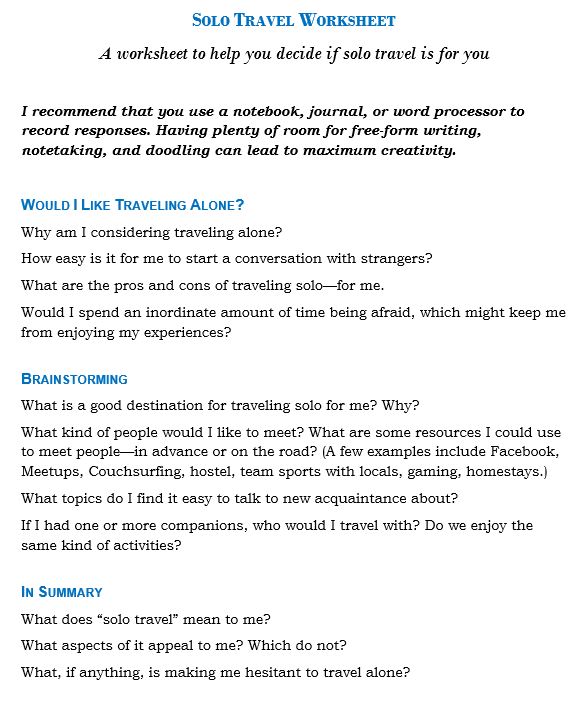
Other Blog Posts You May Find Interesting
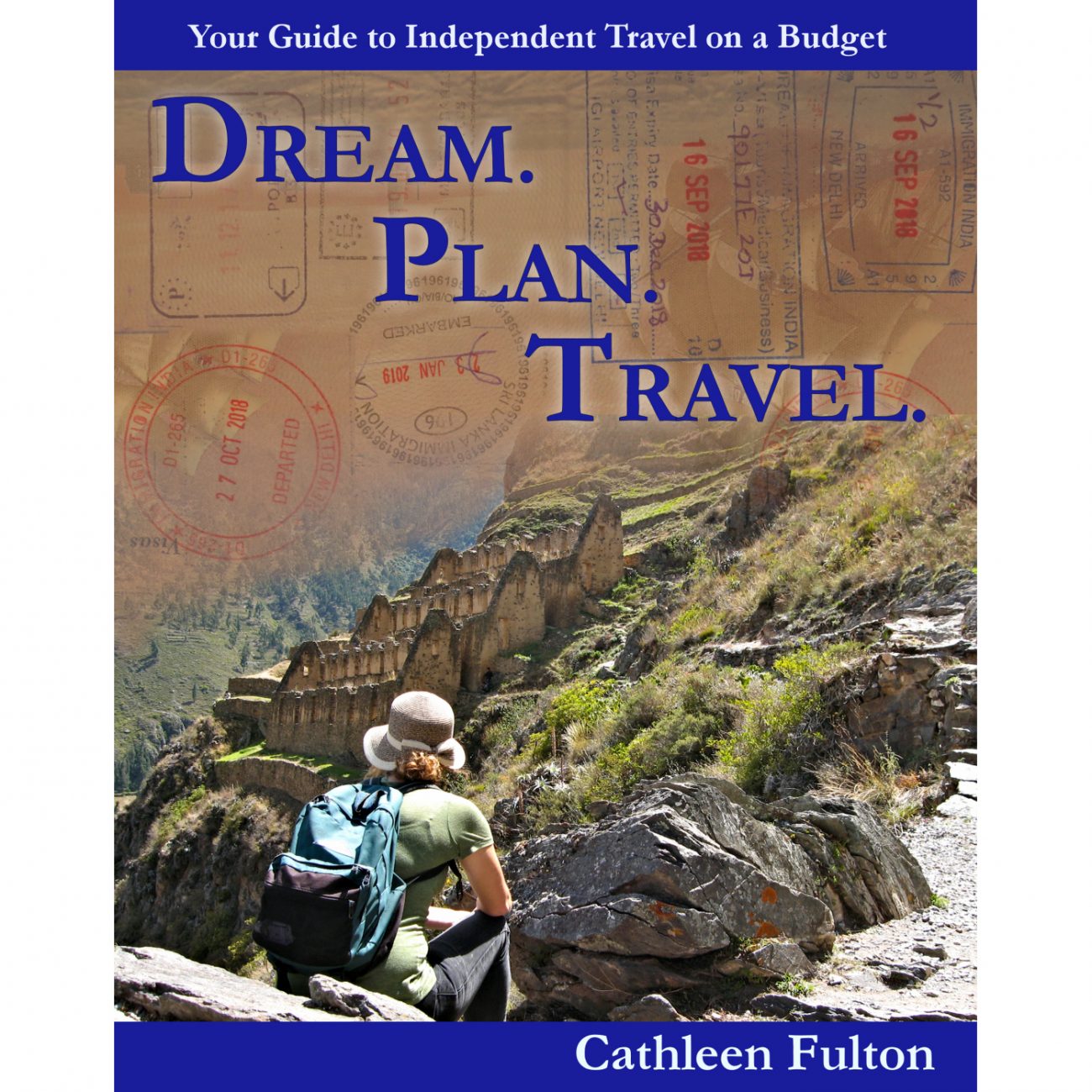
Introduction to My Book: Dream.Plan.Travel.
I envisioned a work that would show how I travel as well as inspire others to find the travel style and methods that work for them.
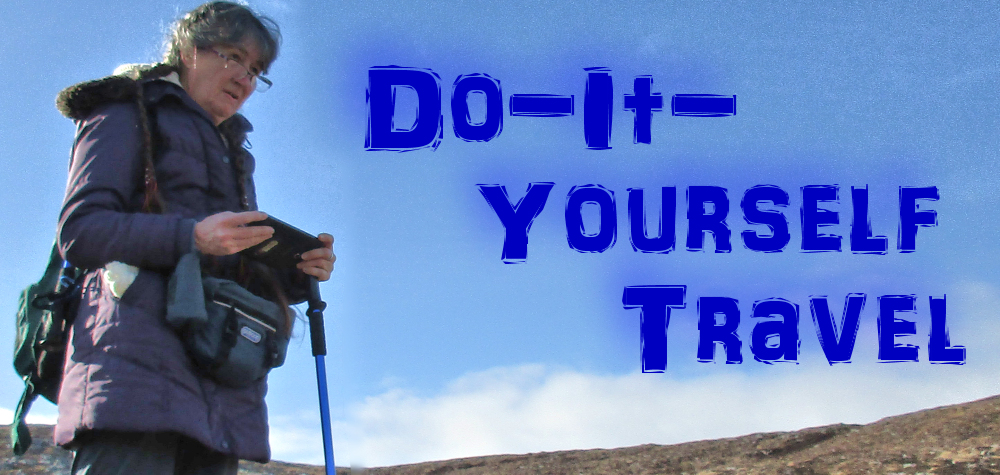
Do-It-Yourself Travel
Most independent travelers like to choose their destinations and itineraries based on their own interests, and they like to do all or most of their own travel research.

Embracing Solo Travel
The main advantage of traveling alone is that you can decide where to go and how long to stay and you have all the say-so in your itinerary.
2 thoughts on “Embracing Solo Travel”
We are alike in many ways. I sometimes travel alone. I travel on a budget. I’d rather have a few months living cheaply in Europe than an expensive cruise down the Danube. I write. Well blog actually. The differences are I never sleep in a dorm at a hostel. I choose a private room mainly because of my MacBook Air and iPhone 11. If they were stolen I couldn’t afford to replace them. You carry a tent with you. I never do. I take a lot of clothes in a suitcase. I bet you have a backpack. I did start with a 32kg suitcase and I’m down to 20kg do I think that’s progress. I’m 71. I bet you’re much younger.
Not too much younger– I am 67. Currently living in Mexico for about another month and then I have to return to the US. (Tourist permit expires.) Thanks for reading!